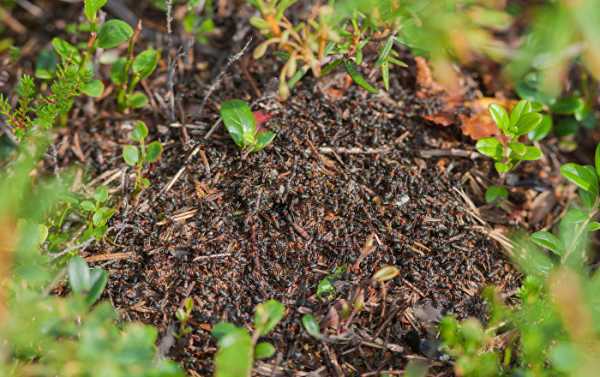
The tiny insects, discovered only in 1994, remain a relative mystery for scientists. Some claim that the insects, named after the prominent vampire for feeding on their own larvae, may be a missing link in ants’ evolutionary tree.
Researchers from the University of Illinois at Urbana-Champaign have concluded that a type of the Dracula ant, named Mystrium camillae, can move at 90 metres per second, or 200 miles per hour, which makes it the fastest animal on the planet.
According to their study, published in the journal Royal Society Open Science, the creature uses its mandibles to reach the mind-blowing speed it needs to hunt down its prey or defend itself.
“The ants use this motion to smack other arthropods, likely stunning them, smashing them against a tunnel wall or pushing them away. The prey is then transported back to the nest, where it is fed to the ants’ larvae”, said animal biology and entomology Professor Andrew Suarez, who led the research.
According to the scientist, the Dracula ants’ mandibles are very unusual. They are said to press the tips together, while internal stress is released in a move reminiscent of a snap of the finger.
“Our main findings are that snap-jaws are the fastest of the spring-loaded ant mouthparts, and the fastest currently known animal movement. By comparing the jaw shape of snapping ants with biting ants, we also learned that it only took small changes in shape for the jaws to evolve a new function: acting as a spring”, another leading researcher, Fredrick J. Larabee, stated.
Although scientists have been aware of animals using such spring-loading mechanisms, their relative speed had remained a mystery. To study the Dracula ants and their unique movement mechanism, the researcher used computer simulations and a variety of the latest technologies.
“We had to use incredibly fast cameras to see the whole movement. We also used X-ray imaging technology to be able to see their anatomy in three dimensions, to better understand how the movement works”, Larabee said.
The Dracula ant, found in Australia, Africa and Southeast Asia, was discovered in 1994; however, researchers were able to study their unusual moving mechanism only recently thanks to advances in technology. The Illinois team hopes to continue studying the Dracula ants, as the way they catch their prey and defend their nests has still not been determined.
Sourse: sputniknews.com






